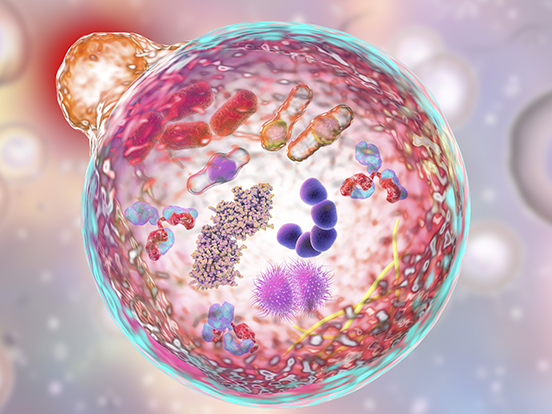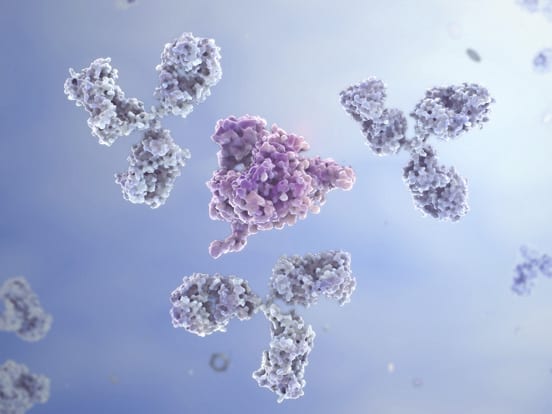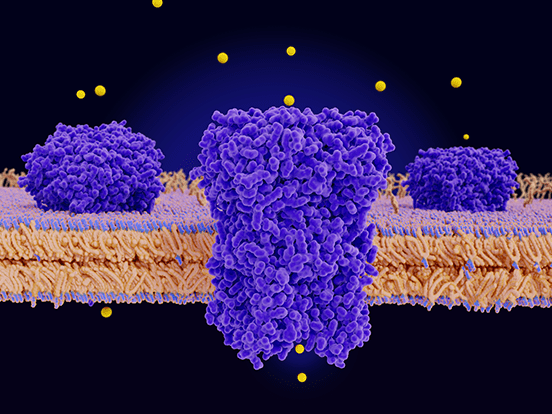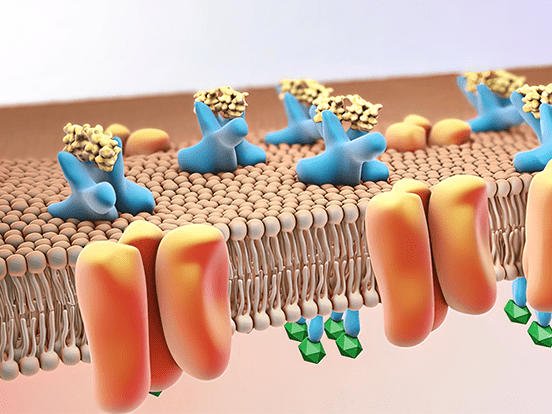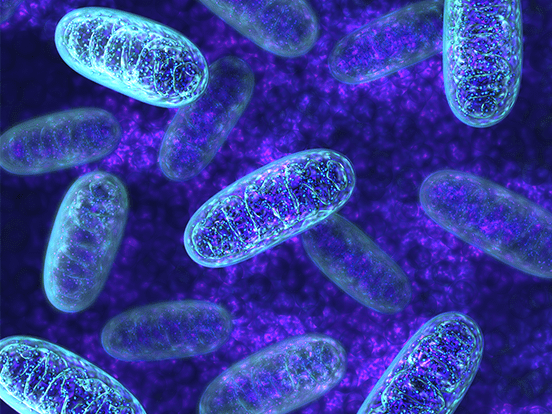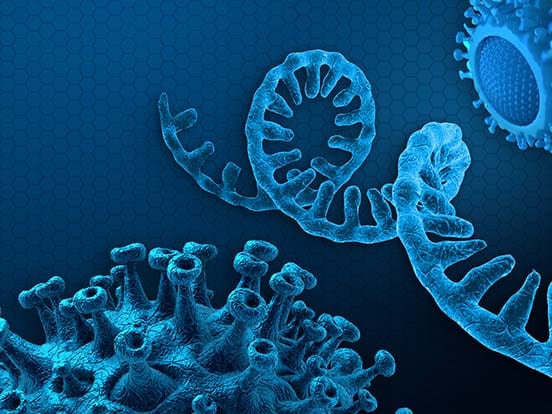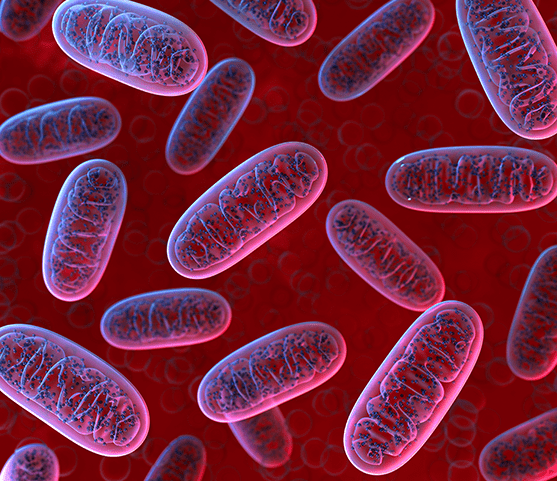
GLYCOLYSIS
Glycolysis is the first of the main metabolic pathways of cellular respiration which takes place in the cytoplasm of nearly all living organisms (prokaryotic and eukaryotic). It is the first step in the breakdown of glucose to extract energy for cellular metabolism. During glycolysis a glucose molecule converts into two pyruvate molecules with the release of two molecules of ATP and 2 molecules of NADH. These products of glycolysis are sent through the rest of cellular respiration processes to produce energy.
It has been demonstrated, in many publications, the role of the glycolytic pathway in diseases such as Diabetes, genetic diseases, cancers and neurodegenerative diseases (Alzheimer's disease, Parkinson's disease, and Amyotrophic Lateral Sclerosis).
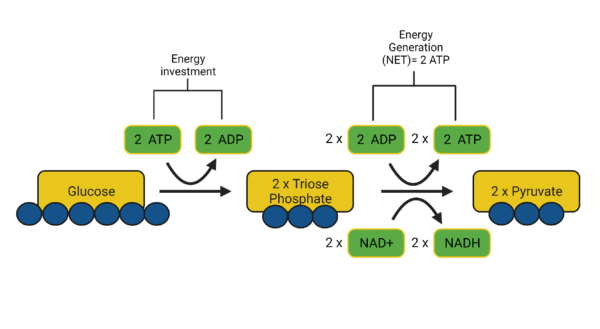
AMSBIO is offering an extensive range of products involved in this first step of cellular respiration pathway:
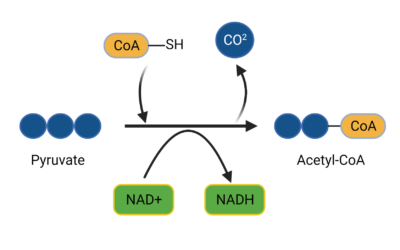
There is a short step called Oxidative decarboxylation of pyruvate, which takes place in between glycolysis and the citric acid cycle. The 3-carbon pyruvate molecule made in glycolysis loses a carbon in the form of CO2 to produce a new, 2-carbon molecule called acetyl coenzyme A, which then enters the tricarboxylic acid (TCA) cycle. It is the second step in cellular respiration.
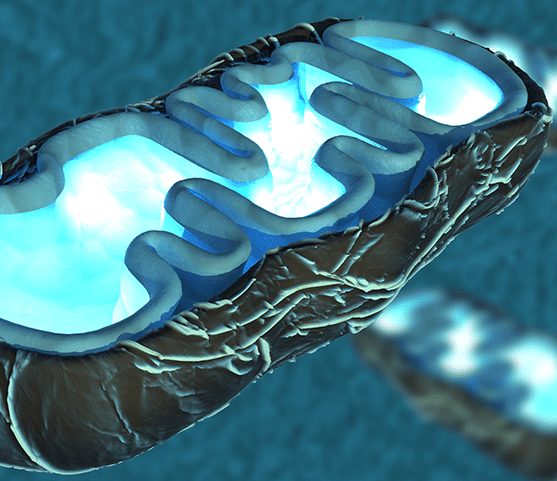
THE KREBS CYCLE
The TCA cycle (the Krebs cycle or citric acid cycle) is a series of chemical reactions to release stored energy through the oxidation of acetyl-CoA. It is called a cycle because the starting molecule, oxaloacetate (which has 4 carbons), is regenerated at the end of the cycle. This is the third step of cellular respiration which takes place either in the matrix of the mitochondrion (Eukaryotic cells) or the cytosol (prokaryotic cells). This cycle of chemical reactions appears to be the major source of energy in living organisms.
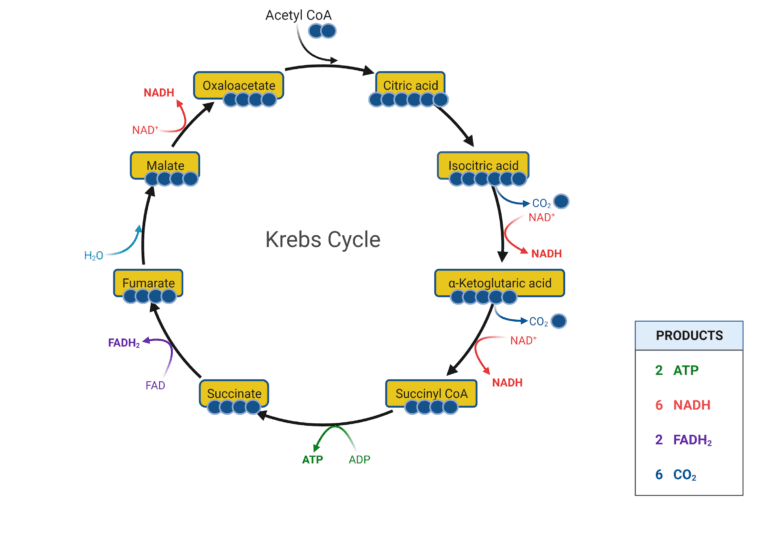
These reactions produce molecules which are used for a vast number of important processes, including the synthesis of cholesterol, purines, and pyrimidines (synthesis of DNA), steroids, amino acids (Protein synthesis) and fatty acids.
Diseases of the tricarboxylic acid cycle (TCA cycle) constitute a group of rare human diseases that affect core mitochondrial metabolism. For example, fumarase deficiency results in developmental delay, seizures and language impairment. Alpha-ketoglutarate dehydrogenase deficiency is extremely rare and characterised by encephalopathy.
AMSBIO is offering an extensive range of products involved in this metabolic pathway:
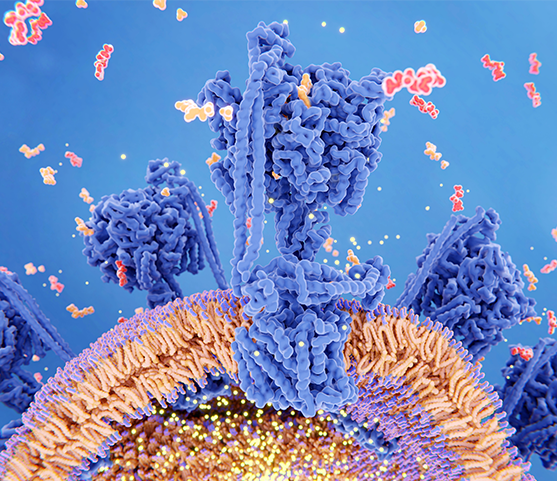
OXIDATIVE PHOSPHORYLATION
Oxidative Phosphorylation is the fourth and final step in cellular respiration. It is an aerobic process involving a flow of electrons through the electron transport chain, which is a series of proteins and electron carriers within the mitochondrial membrane. The energy from the redox reactions creates an electrochemical proton gradient that drives the synthesis of adenosine triphosphate (ATP): this is called chemiosmosis. This aerobic respiration process is the most efficient producer of ATP.
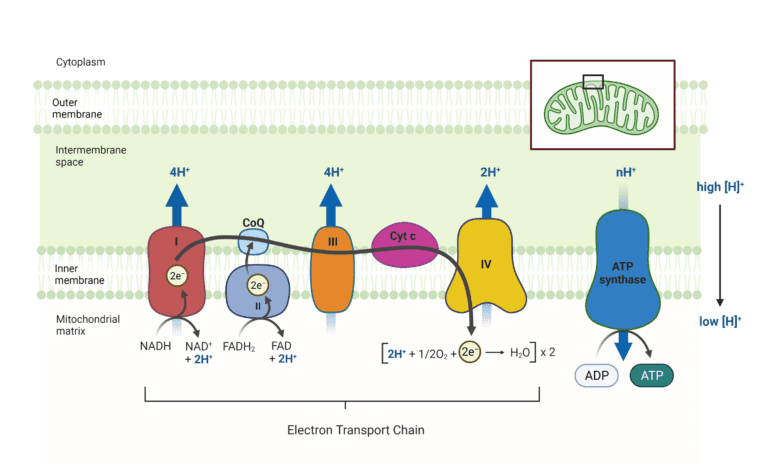
Mitochondrial oxidative phosphorylation (OXPHOS) disorders account for a variety of neuromuscular disorders in children.
Tissues with a high energy demand (for instance brain, nerves, retina, skeletal and cardiac muscle) are particularly vulnerable to defects in oxidative phosphorylation with the most common clinical symptoms being muscle weakness, cardiomyopathy, and hypotonia. Mitochondrial mutations and variants have also been also involved in various aging diseases such as Parkinson disease, Alzheimer disease, diabetes, deafness, cancer.
AMSBIO is offering an extensive range of products involved in this metabolic pathway:

